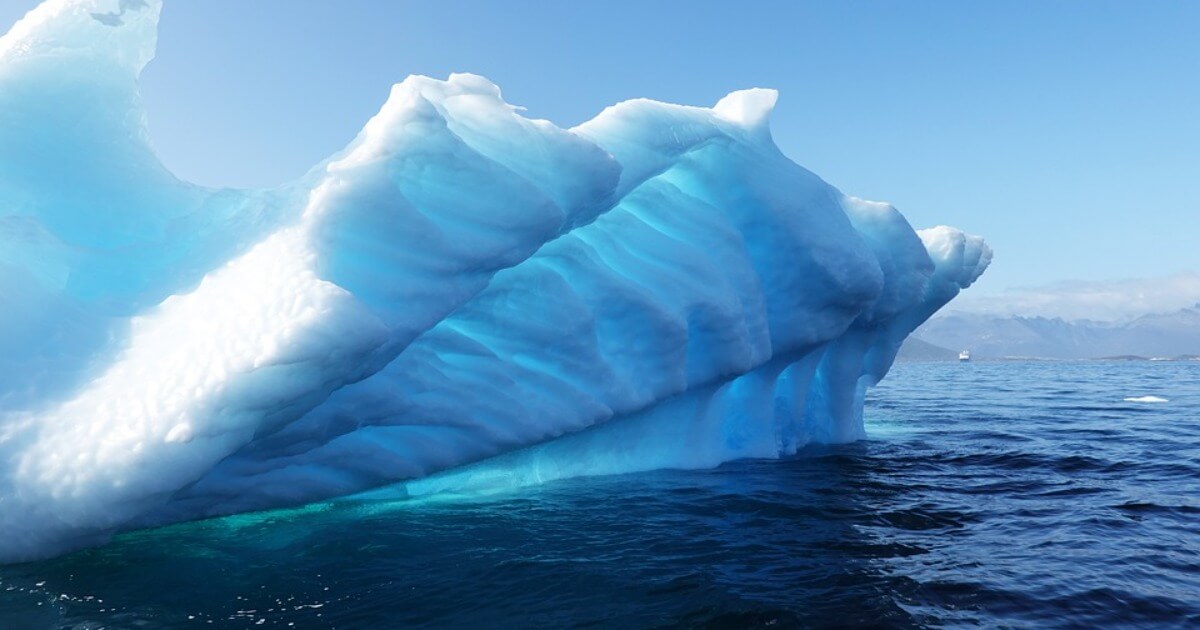Sea Levels: Three Feet Higher This Century
Limiting sea level increases to feet rather than tens of feet requires utility-scale carbon capture.
December 17, 2019

Global average temperatures have already risen by 1-1.2C since the pre-industry era (PIE) and continue to escalate, driven by rising greenhouse gas (ghg) emissions and atmospheric concentrations.
Efforts to moderate emissions have faltered — the individual country National-Determined Commitments (NDCs) made in Paris to suppress ghg emissions were weak to begin with.
The World Meteorological Organization has concluded that 70% of the NDCs were insufficient to meet the Paris goal of a 50% reduction in ghg emissions by 2030. Worse, even those inadequate NDC’s are not being honored: At least seven of the G-20 nations, including the United States, are not on track to fulfill their 2015 Paris climate commitments.
The Paris Agreement has failed in good measure because global warming is a low priority in the three largest emitters, China, the United States and India.
And it was always a low priority in the Middle East, in most of Latin America and in all of Africa and South Asia with populations covetous of energy-intensive lifestyles. That low priority explains the International Energy Agency (IEA) 2019 Outlook that emissions of the primary ghg carbon dioxide (CO2) in 2040 will be 25% above 2018.
Rising temperatures
With atmospheric CO2 concentrations above 410 ppm and rising, the greenhouse effect is on steroids. The consequence will be global mean temperatures in 2100 that are 3-3.2C higher than PIE according to the November 2019 update of the UN Environmental Programme (the .2C difference hinging on how well NDC commitments are fulfilled in the years ahead).
The September 2019 update of Climate Action Tracker’s midpoint projection is similar at 2.9 – 3.2C above PIE. But U.S. experts are less optimistic, assuming a global rise of nearly 4C by 2100. It is alarming that during the Pliocene era 3-5 million years ago, global mean surface temperatures 2.8C higher produced sufficient melting and thermal seawater expansion that seas were at least 32-50 feet higher than today.
Rising seas
Rising global temperatures translate directly to higher sea levels. (In addition, sea levels are affected by solar radiation fluctuations over a span of many thousands of years under episodic orbital and tilt alignments with the sun).
Thankfully, rising seas take far longer than temperature to fully express. And while complete disappearance of the Antarctic and Greenland ice sheets is not inevitable (that would raise sea levels by 230 feet), reassertion of the Pliocene equilibrium at 400-450 ppm with melting of glaciers and ice sheets is assuredly underway.
This melting is anything but stately, with sea levels proving unexpectedly sensitive to rising ghg concentrations. The U.S. National Center for Atmospheric Research now anticipates sea levels by 2100 to reflect the thawing of at least 90% of the northern permafrost — the released methane and CO2 exacerbating global warming.
And a mid-2019 update by the U.S. National Science Foundation – based on the most precise underwater melting measurements ever achieved – concluded the disintegration of ice sheets is occurring by as much as two orders of magnitude faster than embodied in current sea level models.
The UN expects more than half (their range is 35-85%) of Arctic/Greenland glacier volume will be gone by 2100. And disintegration of the huge Antarctic ice shelves is accelerating: Their annual ice loss was 12-fold greater during 2003-2012 than 1994-2003, with some regional volumes now shrinking 1% annually.
Upgraded projections find the rise of sea levels accelerating
Sea levels have risen a few inches since PIE but the pace is accelerating. Polar thawing and thermal expansion resulting from the UN-projected temperature increase of 3-3.2C will produce sea levels in 2100 about 3 feet above the 1986-2005 period (as projected here and here).
In light of only weak progress under the Paris Agreement, U.S. geoscientists and climatologists of the interagency Sea Level Rise and Coastal Flood Hazard Task Force agree. The updated U.S. government’s (NOAA) projection (intermediate midpoint) for 2100 is sea levels 3.3 feet above 2000.
The consequences will be severe. The UN notes that 680 million (nearly 10% of global population) inhabit the Earth’s coastal zones. By 2100, rising seas will require permanent evacuation and resettlement of 190 million people or more – about half in China, but including tens of millions submerged in South Asian and India, as well as coastal Europe, Japan, Egypt and the Americas.
Rising seas will also feature island and lowland submergence, desertification, stronger storms, ocean acidification, species extinction, coral reef die-offs, pressure on food supplies and the like — sowing economic disruption from massive relocations and weakening GDP growth.
Reducing ghg concentrations to pre-industrialization levels
Time is running out. These calamities are highly likely. And avoiding even more draconian relocations by limiting sea level increases to feet rather than tens of feet requires the prompt, if improbable reduction of atmospheric ghg concentrations by nearly one-half to the PIE range.
There are two steps to that goal. First, as the COP25 agenda at the Madrid environmental summit highlights, national commitments in the Paris Agreement to global net zero-emissions must be strengthened and honored.
There are roadmaps for that featuring low-cost renewables, other technologies and practices already addressing rising seas.
But it is a hydra of daunting scope: For instance, CO2 emissions from airplanes alone (growing rapidly and not easily reduced) were 900 million tons in 2018 or four-fold greater alone than the entire global pre-PIE (1850) emissions of 200 million tons annually.
Carbon capture from flues and the atmosphere
The second step is genuinely herculean: Utility-scale carbon capture from flues and direct atmospheric carbon removal by the gigaton. Nature reduces atmospheric ghg through photosynthesis, ocean absorption and silicate weathering on a time scale of millions of years.
Avoiding sea levels last seen during the Pliocene requires mobilizing mankind’s imagination and science to accomplish in half a century what takes nature eons.
That task in turn has two components. First is the technology challenge of capturing carbon from flue gasses and from the air. Second is marshalling public support for utility-scale carbon capture, which currently cost $100 per ton of CO2.
The contentious politics of global warming suggests that governments genuinely concerned with global warming should prioritize investments to meet the technology challenges of flue and direct air carbon capture, and do so immediately.
(Indeed, even though carbon suppression policies are both technically and economically feasible, political progress on global warming hinges on feckless leaders. Donald Trump is hostile to climate concerns and demonizes the science while both Xi Jinping and Narendra Modi only pay them lip service).
In contrast, mobilizing mankind’s ingenuity to scale up immature and expensive flue gas and direct air carbon capture technologies and devise new ones can be initiated by others such as the EU.
Takeaways
The greenhouse effect is on steroids. The consequence will be global mean temperatures in 2100 that are 3C higher.
The US government projection (intermediate midpoint) for 2100 is sea levels 3.3 feet above 2000.
By 2100, rising seas will require evacuation of hundreds of millions of people – in China, India, Europe, Japan, Egypt and the Americas.
Avoiding sea levels last seen during the Pliocene requires mobilizing mankind’s imagination and science to accomplish in half a century what takes nature eons.
Governments should prioritize investments to meet the technology challenge of flue and direct air carbon capture -- and do so immediately.

